How, Exactly, Does Neuromuscular Massage Work?
Neuromuscular massage focuses on relieving chronic pain and muscle tension by targeting trigger points, nerves, and soft tissue imbalances.
Using precise pressure and slow, controlled movements, this technique helps release knots, improve posture, and restore normal muscle function.
It’s often used to treat conditions like sciatica, TMJ, and lower back pain. By addressing the root cause of discomfort, it provides long-lasting relief and promotes better movement and circulation.
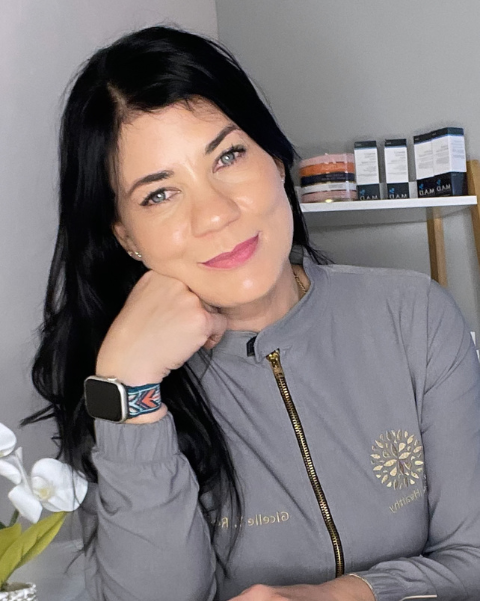

How, Exactly, Does Neuromuscular Massage Work?
Neuromuscular massage focuses on relieving chronic pain and muscle tension by targeting trigger points, nerves, and soft tissue imbalances.
Using precise pressure and slow, controlled movements, this technique helps release knots, improve posture, and restore normal muscle function.
It’s often used to treat conditions like sciatica, TMJ, and lower back pain. By addressing the root cause of discomfort, it provides long-lasting relief and promotes better movement and circulation.


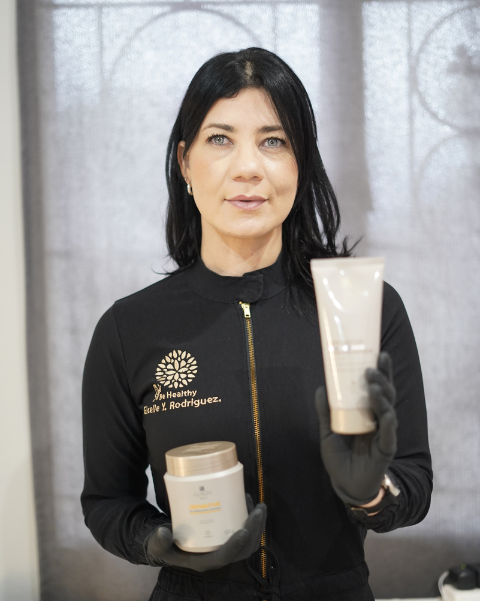

What Are the Benefits of Neuromuscular Massage?
This therapy goes beyond relaxation—it helps correct muscle dysfunction and reduce pain from long-term stress or injury.
Clients often experience improved flexibility, posture, and range of motion.
It also reduces nerve compression, promotes healing, and increases blood flow. Over time, neuromuscular massage can help manage chronic conditions, minimize migraines, and improve athletic performance. It’s especially beneficial for individuals with repetitive strain injuries or poor posture habits.
Neuromuscular Massage Process
Discover what makes our our Neuromuscular Massage treatment the best in Trinidad & Tobago
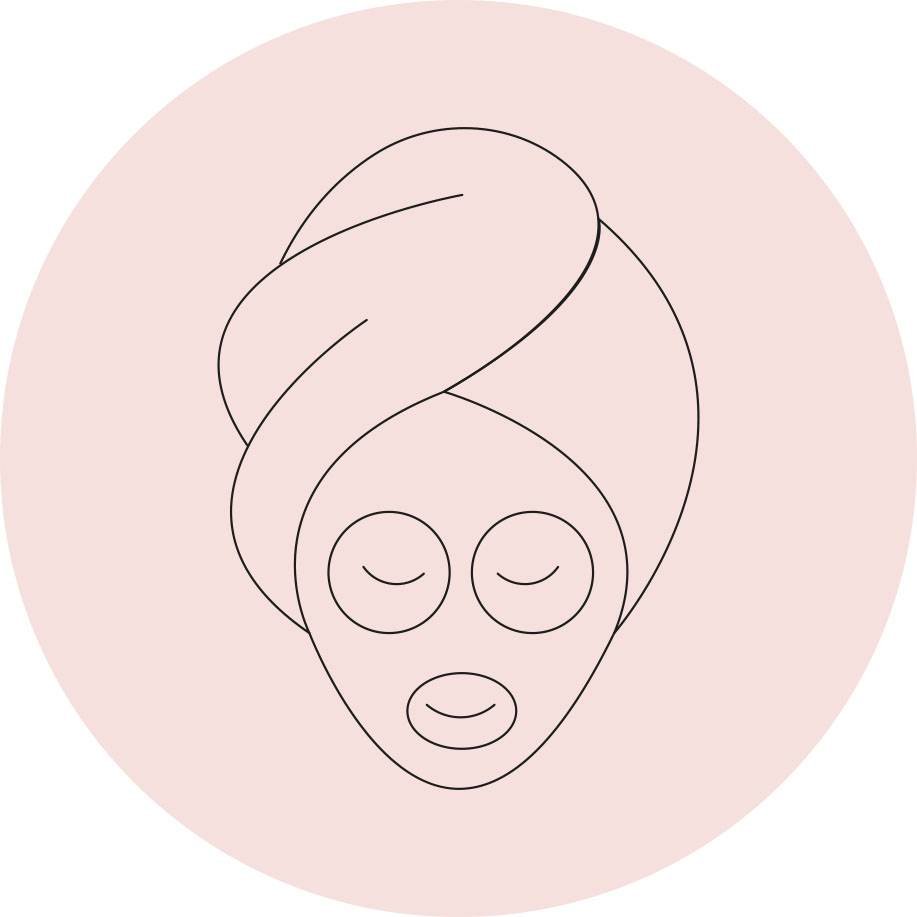
Consultation & Assessment
We evaluate your posture, pain points, and movement to identify muscle imbalances and areas requiring focused attention.
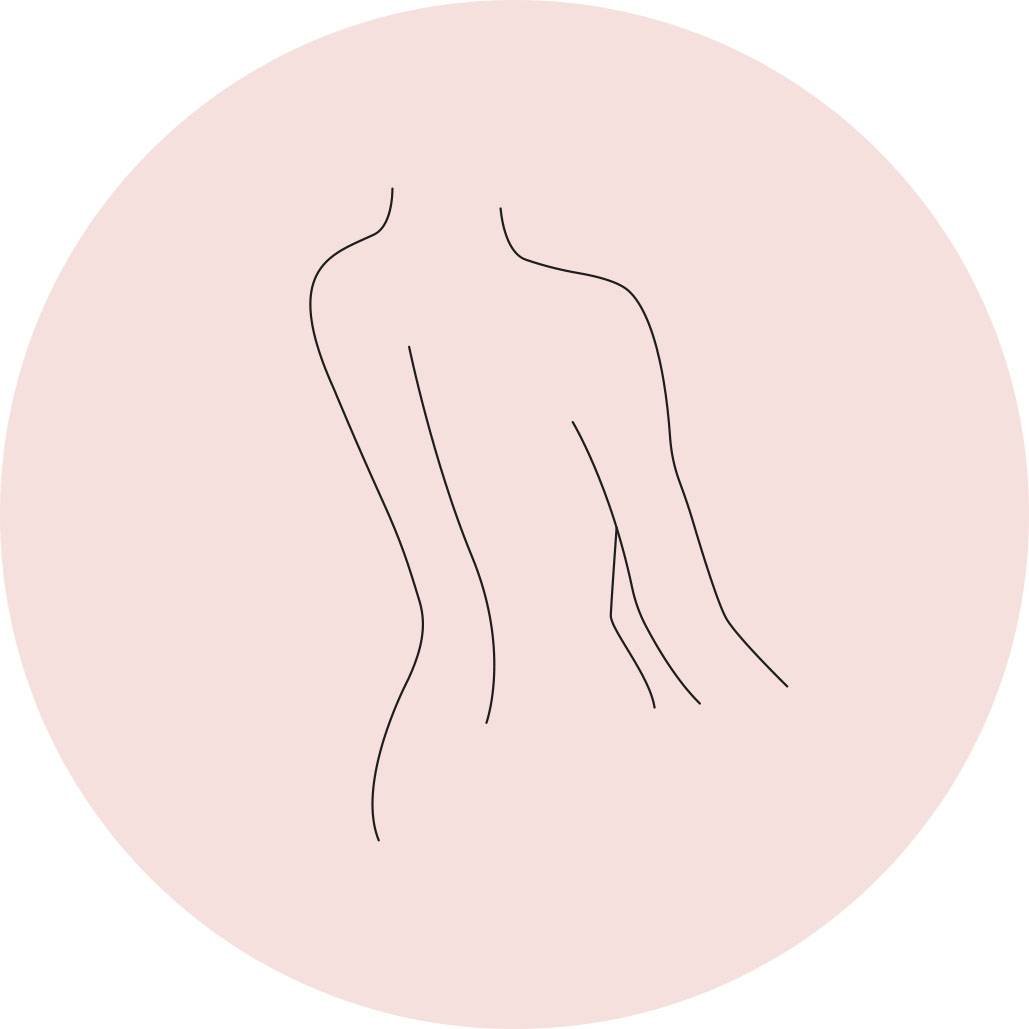
Trigger Point Identification
Specific muscle knots and tension zones are located through palpation and client feedback to guide targeted pressure work.
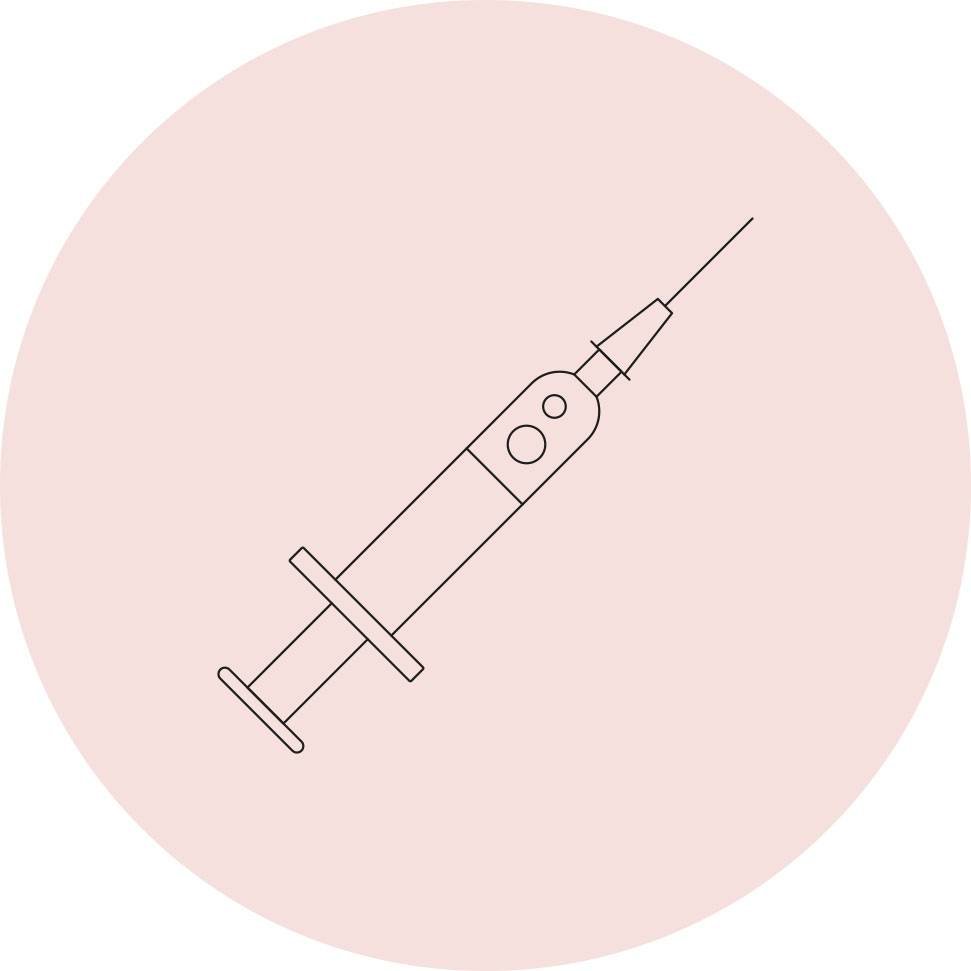
Deep Tissue Pressure Application
Slow, firm pressure is applied to trigger points and affected muscles to release tension and restore muscle function.
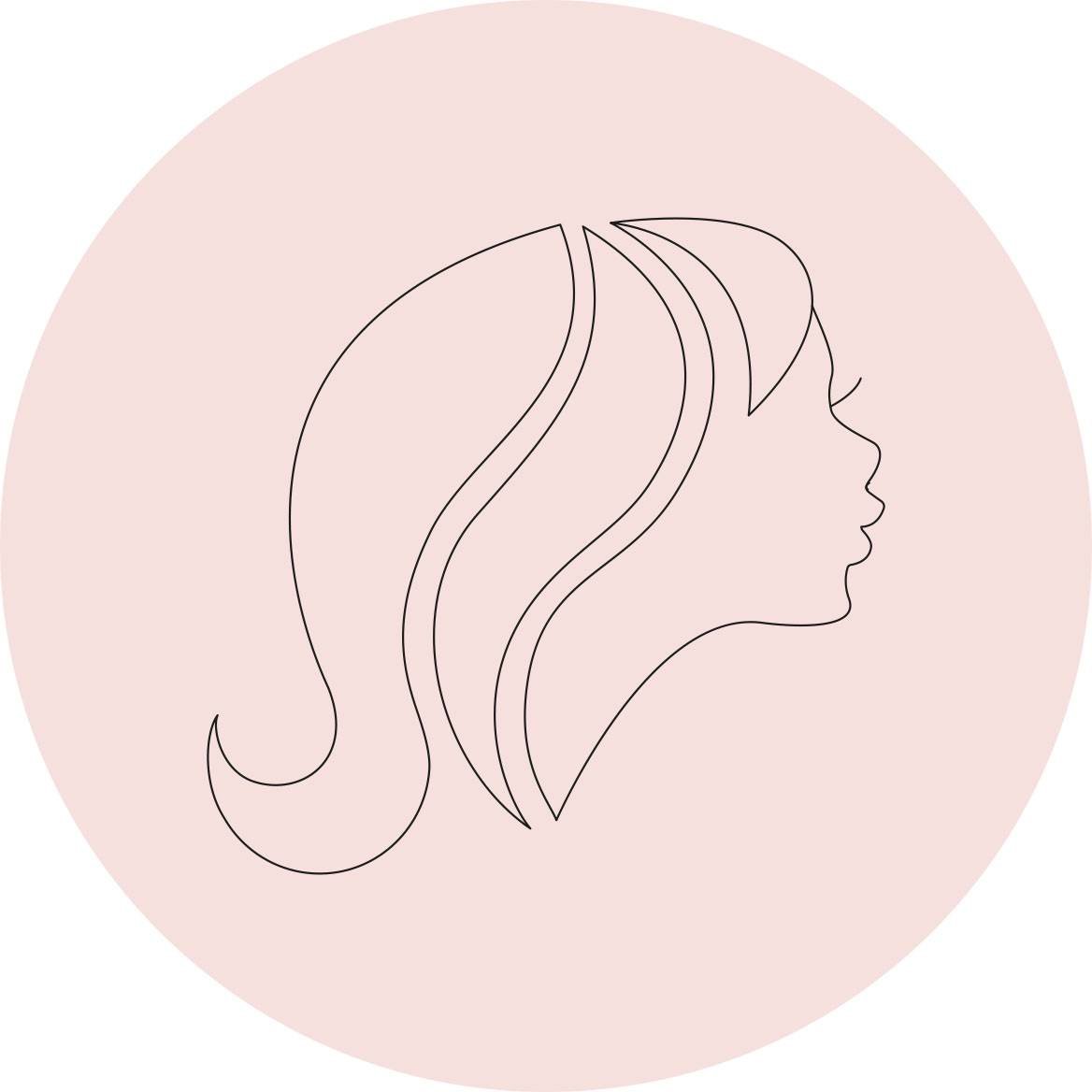
Stretching & Recovery Advice
Gentle stretching is combined with expert aftercare tips to maintain results and prevent future muscular imbalances or pain.
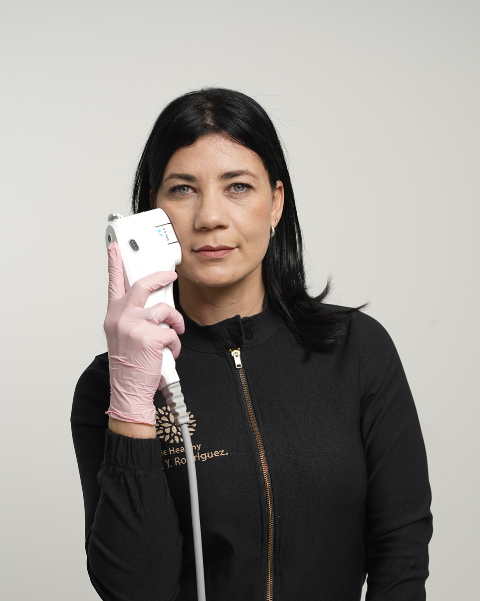

What Can You Expect During the Treatment?
You'll lie comfortably as our therapist applies slow, focused pressure to tense or painful muscles.
Some areas may feel tender as trigger points release, but discomfort is controlled and therapeutic.
Communication is encouraged throughout the session to ensure you're comfortable. After treatment, expect reduced pain, looser muscles, and improved movement. You may feel slightly sore, similar to a workout, but results improve with regular sessions.
Our Results
See why clients trust Be Healthy for our expert Neuromuscular Massage treatments.



Frequently Asked Questions
- Learn More
It can be intense in tight areas, but pressure is adjusted based on your comfort to remain therapeutic.
Neuromuscular massage targets specific pain points and nerve pathways, while deep tissue focuses on overall muscle layers.
Relief can last days or weeks depending on your lifestyle, posture, and frequency of treatments.
Yes, it can relieve tension in the neck and shoulders that often trigger migraines and chronic headaches.
Most people benefit, but it may not be suitable for certain conditions—our therapist will assess before proceeding.
Chronic issues may need 4–6 sessions, but noticeable improvement is often felt after just one treatment.



